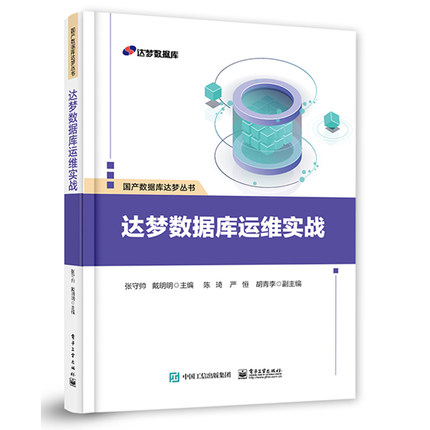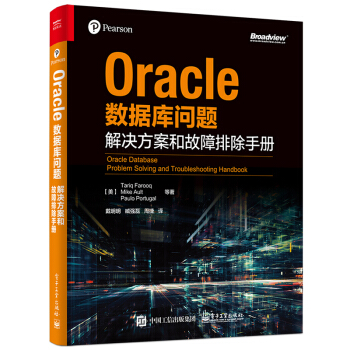If all you are doing is changing the name of the disk, then the only thing that should be necessary from Oracle's perspective is to change the ASM_DISKSTRING parameter on the ASM instance. Alternatively, you may be able to just rename or create new symbolic links to the devices at the OS level.
Alternatively, you may be able to just rename. This is a dangerous operation because the ASM volume information is stored in the ASM disk header. We read that information when the disks are discovered; nothing is stored in the ASM instance.
This information includes the ASM disk name, what diskgroup it belongs to and a whole lot of other information. ASM doesn't care about the disk name.
If renaming the disks corrupts the ASM header then you will need to recreate the
ASM disks.
We recommend that you take a new full backup of the database before doing the
rename.
++This can be done by specifying the new device names in the the pfile for the ASM instance
ACTION PLAN
===========
Please take a full database backup before doing anything, First please make sure that ASM instance is shutdown before doing the following steps
1. specify the new devices names in the ASM_DISKSTRING parameter in the pfile for ASM instance
2. startup the ASM instance using the pfile
(this step is important to enable the new changes because ASM uses the spfile by default)
3. move the spfile to another location
4. create spfile from pfile
(This step is for making the changes permanent to overwrite the spfile)
5. move the newly created spfile to the default location of the spfile
ADDITIONAL INFORMATION
==========================
SM_DISKSTRING specifies an operating system-dependent value used by Automatic Storage Management to limit the set of disks considered for discovery. When a new disk is added to a disk group, each Automatic Storage Management instance that has the disk group mounted must be able to discover the new disk using the value of ASM_DISKSTRING.
in most cases, the default value will be sufficient. Using a more restrictive value may reduce the time required for Automatic Storage Management to perform discovery, and thus improve disk group mount time or the time for adding a disk to a disk group. A "?" at the beginning of the string gets expanded to the Oracle home directory. Depending on the operating system, wildcard characters can be used. It may be necessary to dynamically change ASM_DISKSTRING before adding a disk so that the new disk will be discovered.
Syntax ASM_DISKSTRING = discovery_string [, discovery_string ] ...
dfault value The null string; Automatic Storage Management discovery finds all disks in an operating system-specific location to which the Automatic Storage Management instance has read/write access.
Modifiable ALTER SYSTEM
or more information about the ASM_DISKSTRING parameter please refer to the following link to the documentation:
http://download-west.oracle.com/docs/cd/B19306_01/server.102/b14237/initparams011.htm#REFRN10248
From Oracle
-------------------------------------------------------------------------------------------------------
Blog: http://blog.csdn.net/tianlesoftware
Email: dvd.dba@gmail.com
DBA1 群:62697716(满); DBA2 群:62697977(满) DBA3 群:62697850(满)
DBA 超级群:63306533(满); DBA4 群: 83829929 DBA5群: 142216823
聊天 群:40132017 聊天2群:69087192
--加群需要在备注说明Oracle表空间和数据文件的关系,否则拒绝申请
版权声明:本文为博主原创文章,未经博主允许不得转载。
oracle 11g




